Powdery appearance on leaves
jake7363
11 years ago
Related Stories
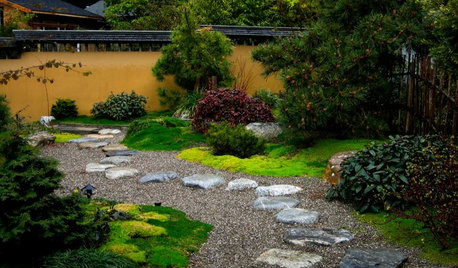
LANDSCAPE DESIGNPerspective Tricks to Make Your Garden Appear Larger
Simple tricks used by artists can be employed in garden design to alter perceptions of space
Full Story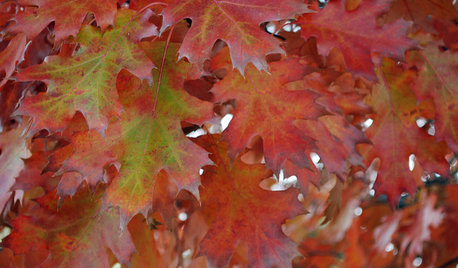
GARDENING GUIDES6 Healthy Ways to Handle Fallen Leaves
Once nature's beautiful bounty is spent, these ecofriendly strategies for leaves will put your yard in the clear
Full Story
REMODELING GUIDESInterior Brick: Paint it or Leave It?
Here's how to know if covering that brick is a sin or solution
Full Story
GREEN BUILDINGStudents’ Award-Winning Home Leaves Small Footprint
A cost-effective, solar-powered New Zealand prefab home has good looks to match
Full Story
FALL GARDENINGHouzz Call: Show Us Your Fall Color!
Post pictures of your fall landscape — plants, leaves, wildlife — in the Comments section. Your photo could appear in an upcoming article
Full Story
COLOR11 Pretty Sweet Decorating Ideas Using Pastels
Go ahead, be a softie. When you use powdery shades right, they go beyond child’s play into the realm of chic
Full Story
ARCHITECTUREClipped Gable Roofs Extend Traditional Exterior Style
With a practical function but a pleasing appearance, traditional clipped gables create curb appeal for Craftsman and bungalow homes
Full Story
GARDENING GUIDESGarden-Friendly Native Alternatives to Overplanted Exotics
There are lots of gorgeous, wildlife-friendly native plants ready to make an appearance in your garden
Full Story
TILEEpoxy vs. Cement Grout — What's the Difference?
Grout is grout, right? Nope. Cement and epoxy versions have different appearances, durability and rules of installation
Full Story
BATHROOM DESIGNA Crash Course in Bathroom Faucet Finishes
Learn the pros and cons of 9 popular faucet finishes
Full Story





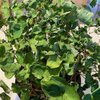
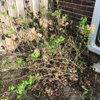
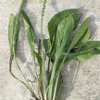
duluthinbloomz4
Tiffany, purpleinopp Z8b Opp, AL
Related Professionals
Bridgetown Landscape Architects & Landscape Designers · Camas Landscape Architects & Landscape Designers · River Forest Landscape Architects & Landscape Designers · Washington Landscape Architects & Landscape Designers · Aurora Landscape Contractors · Canton Landscape Contractors · Arlington Landscape Contractors · Brownsville Landscape Contractors · Hoffman Estates Landscape Contractors · Laguna Hills Landscape Contractors · Lees Summit Landscape Contractors · Salmon Creek Landscape Contractors · Seven Hills Landscape Contractors · Weymouth Landscape Contractors · Oxon Hill Landscape Contractorsken_adrian Adrian MI cold Z5
rhizo_1 (North AL) zone 7